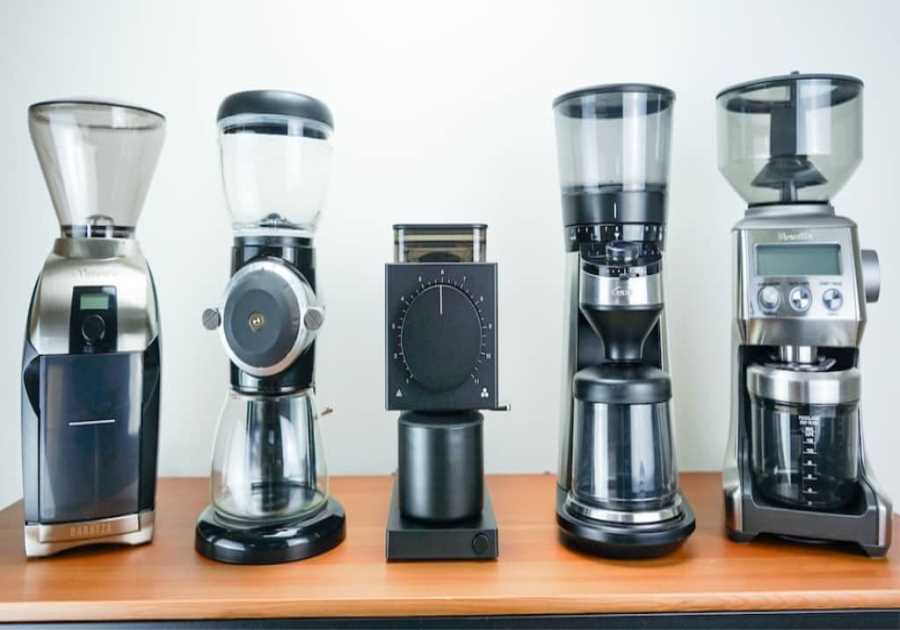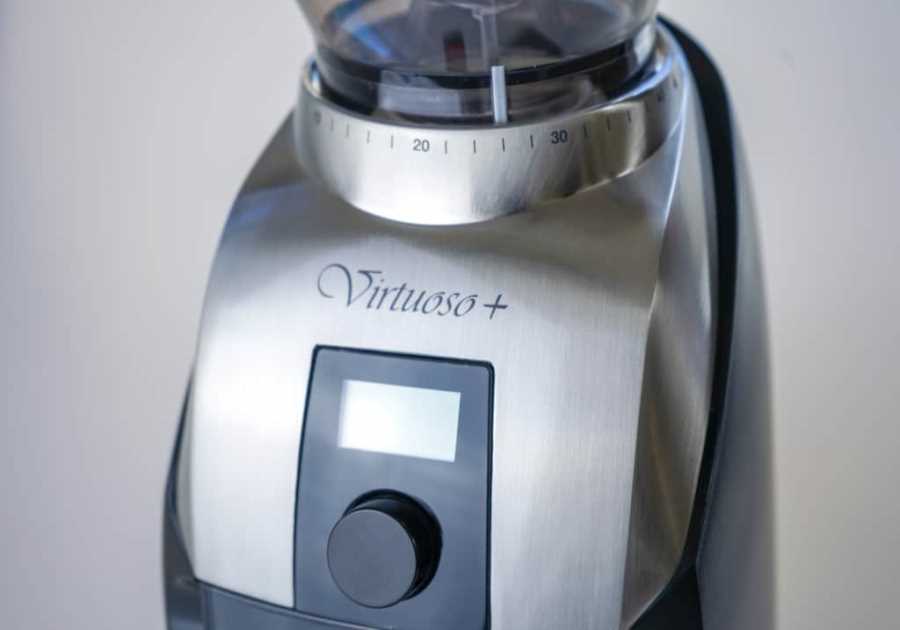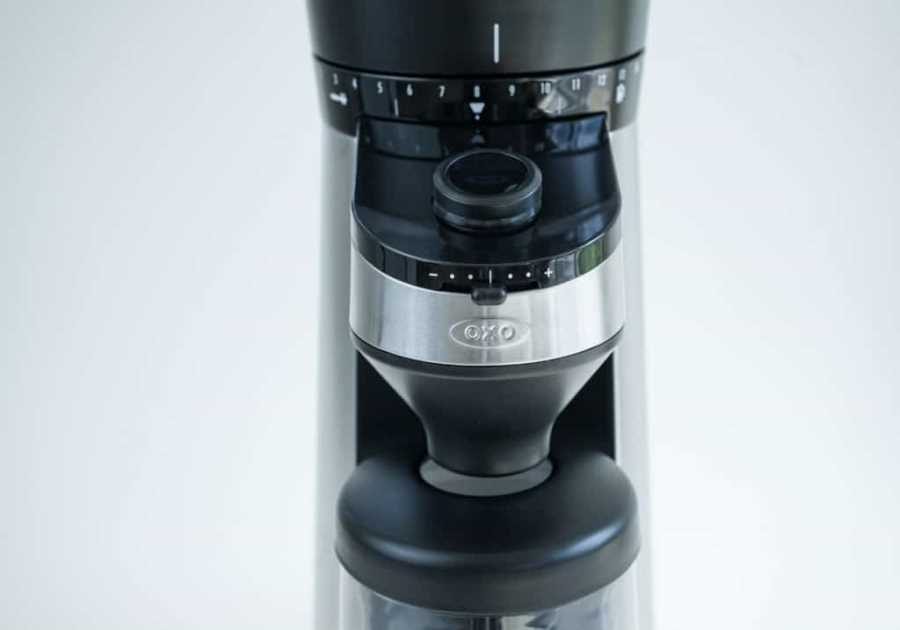
After reading this comprehensive guide on coffee roasting and coffee roasting techniques, you should feel 10x’s more confident turning those little green seeds (yes, they are seeds before beans) into a mighty fine cup o’ joe! But consider yourself warned: this process can be made as simple or as complex as the coffee drinker himself (or herself!) so pace yourself as there will be much talk of coffee roasting profiles and all the many ways in which to achieve your perfect blend.
Regardless of whether you grew up near to the shore or helping out as a deckhand (yea, nope, not us either!), it probably came as a bit of a shock to you when you learned that lobsters, crabs, and other creepy, crawly crustaceans are not, naturally, bright red.
Rather, and before they hit your plate, they are blue-green. But what transforms them into such delectable dinner fare? Is it really so easy as plopping them in a pot, adding some water, and then adjusting the heat willy-nilly?
Of course, not (silly!).
And so, like our underwater friends, other beans and seeds need to undergo a bit of a transformation before they are ready for consumption.
What are we talking about? Well, coffee seeds, of course, but also cocoa beans and grapes before they are made into a seemingly endless array of coffee-, chocolate-, and wine-based products, respectively.
The coffee roasting process is both art and science with the latter becoming more and more prevalent in the industry.
How prevalent? you might ask.
Well, let’s just say that you could dole out thousands in the latest software, computer technology, and charting apps and still find your beans too bitter or acidic if you are unable to control all of the variables like the duration your beans are left exposed to air, inaccurate tools, and other quality issues.
That’s why we here at CoffeeGrindGuru.com want to delve into every aspect of the coffee roasting process in order to help guide you, dear coffee connoisseur, in perhaps not immediately inspiring you to set up your own roaster operation, but, and at the very least, maybe just to better understand all the art and science behind that perfect blend that lands in your kitchen’s Chemex or Kalita or Clever every single morning!
The Coffee Roasting Process

Before we launch into a (seemingly) technical and scientific discussion around batching, preheating temperature, power, drumspeed, bean temperature, first cracks, second cracks, ROR, curve shape, cooling, density, and mass (just to name a few), let’s start at the top by answering just two questions:
What is the coffee roasting process? and
Why should I care?
Well, as regards the latter, the good folks at CoffeeGrindGuru.com are all about education and endeavor to help you understand and ultimately move away from ever drinking a bad cup o’ joe.
But the only way to do this is, of course, to help you better appreciate all those steps between seed to sip.
And just one of those critical steps in the entire value chain is, of course, the coffee roasting process, which is as follows:
Some other key facts:
Coffee Roasting Profiles
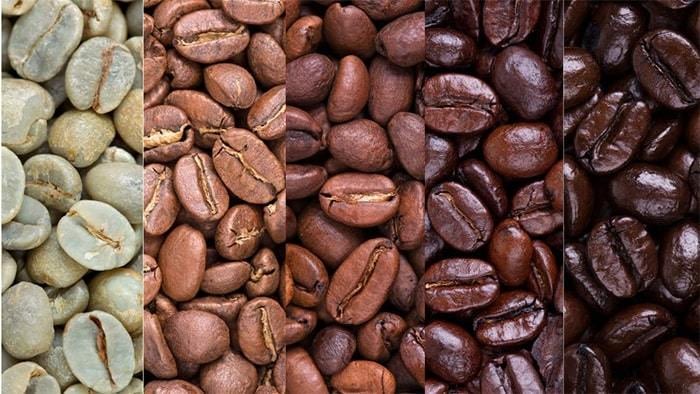
The coffee roasting process is certainly more complex than turning a seafaring critter into dinner, but it pales in comparison to other transformative processes like wine.
Regardless of the input, the output is truly what matters across each of these systems.
But what does that mean for the humble little coffee bean?
Well, consider that the flavor profile is directly related to the roasting profile. This means that the coffee’s taste, mouthfeel, acidity, sharpness, brightness, and balance are all dependent on what happened during the roasting process.

There are effectively four coffee roast levels, or categories, and all based on the color of the bean. They are as follows:
As you probably surmised (you wily coffee drinker you!), the shade of the final roasted coffee bean is directly linked to how much time the little green seed spent exposed to heat (see the coffee roast chart to the left for more granularity on the relationship between roast profiling and taste profiling).
It is important to note that, like wine and chocolate, the geography or source of the ‘input’ can also play a big role in the output, meaning here, taste.
Say, as an example, that you like Kona coffees from Hawaii. This might be on account of the unique soil (i.e., volcanic ash from eruptions past) that this particular Arabica bean is planted in, tended to, and, ultimately, harvested from.
Taken still further, your local Fivebucks chain even focuses on coffee roasting profiles and explains which of its ubiquitous roasts fall into each of the four categories with two light roast coffee, or blonde, spectrum, four qualifying as medium roast coffee, and six in the dark roast coffee class.
Coffee Roasting Techniques
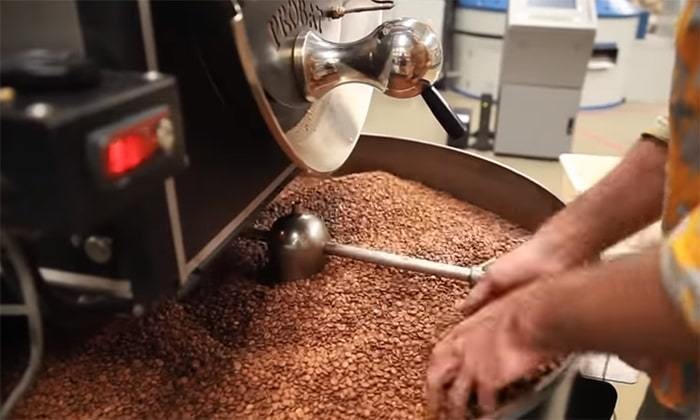
Now that we better understand what the outcome of the coffee roasting process is supposed to yield, we can return to the key steps in transforming this mighty green seed into a suitable sip day-in and day-out.
So as to keep it simple, and not get too technical, there are two critical steps when roasting: heating up and stopping the roast.
The first is focused on bringing the beans to a temperature that will result in their becoming a light, medium, medium-dark, or dark roast and is easily comparable to baking bread or muffins, which is to say:
Now, it is important to note, that there is no right or wrong way to roast a coffee bean, but if you are in the business of entertaining or simply enjoying your coffee, then it’s important to measure every aspect of the heating up phase and monitoring, measuring, and tracking the key ‘milestones’ of the process. These include annotation of the following:
While all of this might seem a bit overwhelming (and trust us when we say it is not at all comprehensive), there is a lot of software to help you monitor and track all of the changes on an automated basis…down to the minute and second!
Whew!
Still, it is essential for the nascent or novice roaster to understand all of the chemical interactions and changes acting on the bean inside the roasting oven, which brings us back to charge temperature, defined here as follows:

This is absolutely critical to the rest of the process and will help you, wise cup o’ joe drinker (turned roaster), avoid beans that are ‘gooey’ or torched on the outside as well as those that are all dried out like a bad Christmas day turkey.
Here are a bevy of other variables to control for when selecting the moment to drop the green beans into the roasting drum:
Now, none of this is meant to put you off from roasting green beans; rather, this laundry list of factors is merely intended to enlighten anyone who imbibes a delicious cup o’ joe in the morning about all the variables and controllable factors that need to take place from the standpoint of the roaster.
It should come as no surprise, then, that no two roasters will ever have the exact same technique nor entirely agree on how to pre-heat, charge, and ‘evacuate’ beans. This is perfectly acceptable given the number of variables under consideration, but we here at CoffeeGrindGuru.com would encourage all those who pick up this charge (no pun intended!) to experiment, experiment, experiment!
This is an approach adopted and backed by even the biggest coffee chains and in-home roasters.
To wit, the largest corner cafes openly state that they have proudly spent 45 years refining the four roasting profiles discussed previously while other devotees of the mighty bean have gone so far as to hire their own Juan Valdez, who continues to hone his craft despite 25 years in the business.
Coffee Roasting Temperature Chart
But why not go-it-alone and blaze (but certainly not bake or scorch), your own coffee roasting trail?!
As previously mentioned, there are scores of software packages readily available that can aid in your taking the experimental approach to finding the perfect roast and, ultimately, perfect tasting cup (just for you!).

These programs are more capable than ever and allow anyone to not only track data, but also perform some analytics around what happened during the roast and what the outcome, or output, was in terms of the roast profile.
That said, have a look at just one example of the chart (figure left) you can expect to use routinely should you invest in the coffee roasting process.
This image quickly alerts you, the roaster, to a bounty of information, chiefly:
While this particular roaster used a 10-minute window, the key point is that everything is automatically tracked down to the second as well as a tenth of a degree.
Now, what do the above statistics mean?
An easier, less cluttered image is presented here:

The bottom-line, of course, is, again, to understand the basic concepts of the seed-to-sip process and then leverage charts, graphs, and software to better understand your own roast profile through a series (and we mean a series) of trial and error!
Call-to-action: Take a course or go on ‘retreat’ to your local roasters!
While coffee roasting is not quite in the same league as manufacturing your own wine or chocolate, it also is not quite as easy as a day out on the boat followed by a quick clam bake.
Still, we here at CoffeeGrindGuru.com encourage you to embrace the multitude of challenges facing both seasoned and new roasters the world over. What’s more, and still extremely encouraging, is that there is no singular right coffee roasting process.
Every year coffee seeds will change and what was once a tried-and-true coffee roasting technique may no longer be so and, thus, it is back to the drawing board for even the largest chain roasters.
And maybe we are a little biased (as you folks are the very best coffee consumers this side of the world wide web), but continue to educate you and yours on what makes a great taste profile (A: A great roast profile) and show just a little appreciation to the crafty artisans that are able to deliver a consistent batch time and time again.
Stay tuned for more information on roasting, since we’re only just getting started! Ciao!
Title: Ultimate Coffee Roasting Guide
Sourced From: www.coffeegrindguru.com/roasting/ultimate-coffee-roasting-guide/
Published Date: Sun, 23 Dec 2018 21:22:07 +0000
Always check our latest articles at...
https://coffeecutie.com/home-roasting


